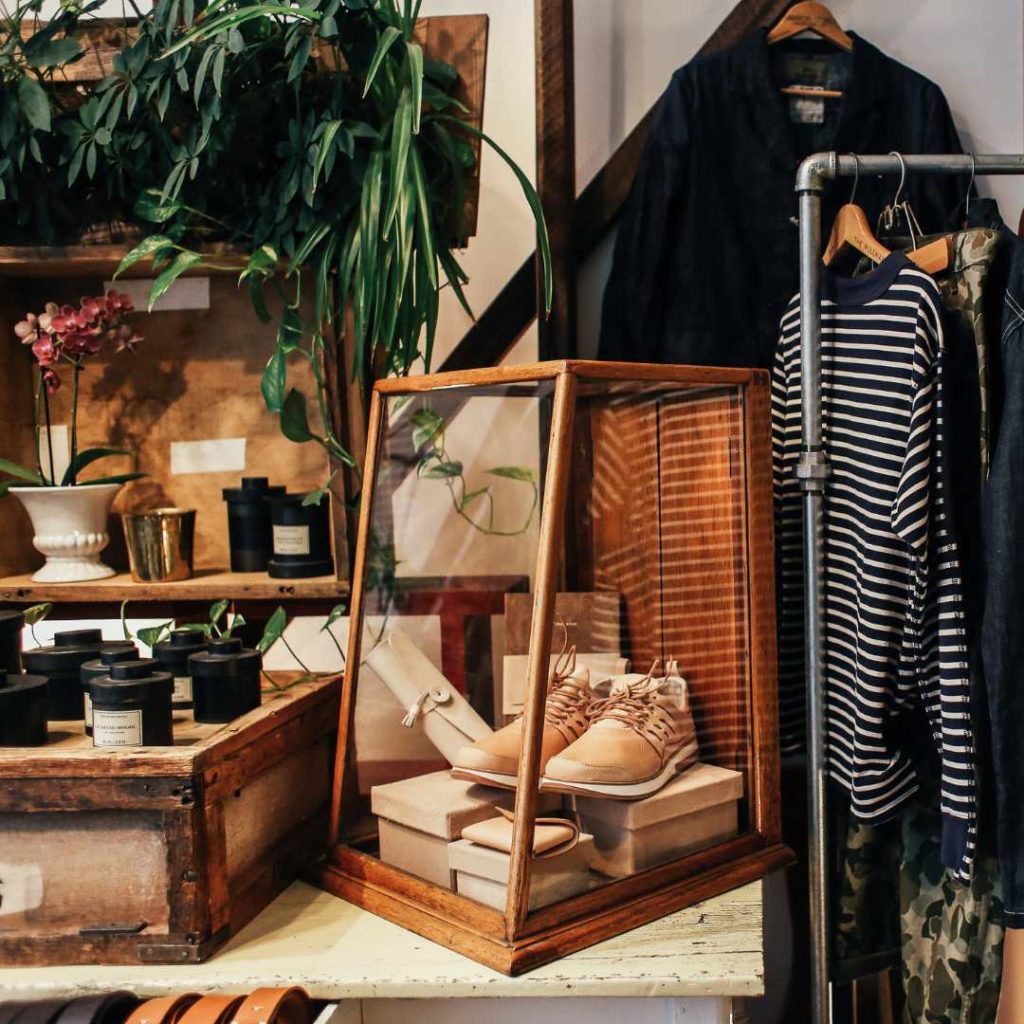Commercial Interior Fit-Out: Designing Success from the Interiors Outward

In today’s challenging retail environment, the significance of a well-executed design cannot be overstated. A store fit-out is more than just aesthetics; it’s an essential tactic that can affect customer decisions and increase sales. From enhancing customer engagement to developing a remarkable shopping environment, the layout of your retail area plays a key role in your organization's success. As consumers increasingly look for unique and engaging experiences, aligning your store's layout and decor with your brand identity is important to differentiating yourself in a crowded market.

The journey of a store design can be both exciting and difficult. Whether you are initiating a newly opened store launch or updating an existing space, comprehending the complete process from concept to completion is crucial. In More hints , we will explore the various aspects of retail fit-outs, including the latest trends, financial tips, and sustainable practices to make sure your company thrives in the present but is also sustainable for years to come. Let us examine how thoughtful design can change your retail environment and create the conditions for long-term success.
Grasping Commercial Fit-Outs
Retail fit-outs refer to the procedure of designing and equipping a retail area to meet the particular needs of a company and its clients. This can comprise everything from the layout of the store to the aesthetic choices that represent the brand’s image. A well-executed fit-out can create an appealing environment that motivates shoppers to browse and ultimately complete transactions.
The value of retail fit-outs cannot be underestimated. They play a crucial role in improving customer experiences, boosting operational efficiency, and differentiating a brand in a fierce market. A carefully planned retail space can help to steer customer flow, highlight key items, and create an atmosphere that resonates with the intended audience, ultimately boosting revenue and customer loyalty.
Furthermore, the fit-out process goes beyond mere aesthetics; it involves strategic planning and implementation to ensure that every aspect aligns with company objectives. This includes selecting the appropriate materials, colors, and fixtures that not only draw in but also involve clients. Grasping the subtleties of retail fittings is important for companies looking to make a major difference in their physical stores.
Boosting Impact: Layout and Client Engagement
The layout of a retail space plays a critical role in influencing consumer actions and elevating their interaction. By intelligently planning the layout, retailers can create an stimulating space that encourages browsing and enhances customer engagement. Spacious designs, appealing showcases, and well-defined corridors can lead customers through the shop, making it easier for them to find products and ultimately buy something.
Integrating elements that align with your corporate identity is essential for creating a noteworthy shopping journey. The proper mix of hues, goods, and logotypes supports your store's narrative and principles. For example, a high-end brand might opt for premium materials and a elegant color scheme, while a youth-oriented store may favor lively shades and playful designs. These aesthetic decisions help create an affection with customers, making them more prone to revisit.
Furthermore, the role of lighting in retail design cannot be overstated. Adequate lighting not only highlights products but also sets the mood of the atmosphere. Natural light can create an comfortable atmosphere, while thoughtfully arranged accent lighting can highlight key merchandise. By understanding and applying different lighting techniques, retailers can augment the shopping experience, shaping shoppers’ views and accelerating sales efficiently.
Financial Planning and Sustainability in Retail Fit-Outs
Budgeting for a store design requires a delicate equilibrium between aesthetics, usability, and eco-friendliness. Companies must assess their financial resources while considering the future advantages of sustainable materials and energy-efficient solutions. By putting resources in sustainable practices, businesses can often reduce running expenses over time, making initial expenditures more manageable in the overall picture of their financial planning. Understanding all related expenses, including workforce costs, materials, and permits, is essential for a practical budget.
Integrating eco-friendliness into your design not only enhances your brand image but appeals to eco-aware customers. Opting for sustainable materials, like recycled timber, upcycled metals, or low-VOC paints, can create a unique and welcoming atmosphere while minimizing ecological footprint. Additionally, integrating energy-efficient lighting and smart technology can lead to significant savings on utility bills. These decisions should be factored into the total financial plan, as they often provide sustained financial returns.
Ultimately, a successful retail fit-out is one that matches design goals with budgetary constraints and eco-conscious methods. Planning for the hidden costs associated with eco-friendly choices, including upfront costs or specialized labor, is necessary. By adopting both budgeting discipline and sustainable innovations, store owners can create vibrant environments that draw in customers, improve the shopping experience, and support to the planet. This comprehensive strategy ensures that the fit-out not only meets immediate business goals but also promotes long-term sustainability for the years to come.
